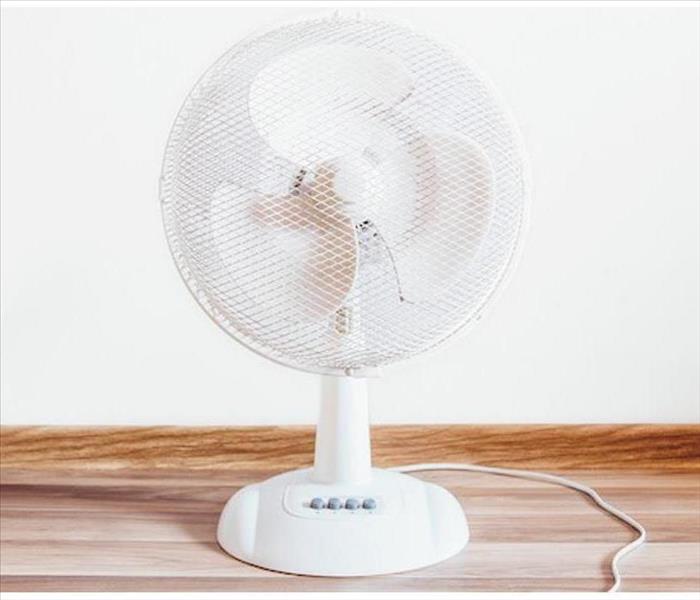Preventing Mold After Water Damage | SERVPRO® of Kingston/New Patlz
7/24/2018 (Permalink)
Water damage is devastating in any situation. Because it can damage your home and all of its contents, it can pose unique risks and health hazards during the cleanup process.
One of those dangerous health hazards is mold growth. The CDC lists many negative symptoms of mold exposure, and after moisture seeps in, it can begin growing in the first 24 hours.
If you’re concerned about mold growth after water damage, here are the steps you can take to help stop mold in its tracks.
Before You Begin
- Never re-enter before you are sure all water has receded and officials have deemed it safe.
- Take photos and video of the damage for insurance purposes, including all damage done to furniture and walls.
Begin Drying Right Away
- Enlist the help of fans, dehumidifiers and heaters to speed up drying time.
- Open windows and doors if weather allows.
- Before the professional cleanup crew arrives, vacuum up what you can with a heavy-duty, outdoor vacuum.
Sort Items Exposed to Floodwater
- Any porous material—this includes wood, upholstery and paper of any kind—can trap mold and should be discarded.
- Metal, plastic and glass can often be cleaned, disinfected and reused as they are not absorbent.
- It is important to note that drying carpet will not necessarily remove mold spores once they begin to grow.
Consult a Professional Immediately
Mold sometimes causes foul odors and discolorations, but can often lurk unnoticed long before it is seen. While carpets damaged from floodwaters may be able to be salvaged, experts recommend a replacement of the carpet pad in most situations.
While replacing the carpet pad alone is more cost-effective than re-carpeting the entire home, a professional will have to be consulted to make sure this will suffice in your situation.
If you need help after water damage and/or mold growth, SERVPRO® of Kingston/New Paltz can help you restore your home back to normal.





 24/7 Emergency Service
24/7 Emergency Service
